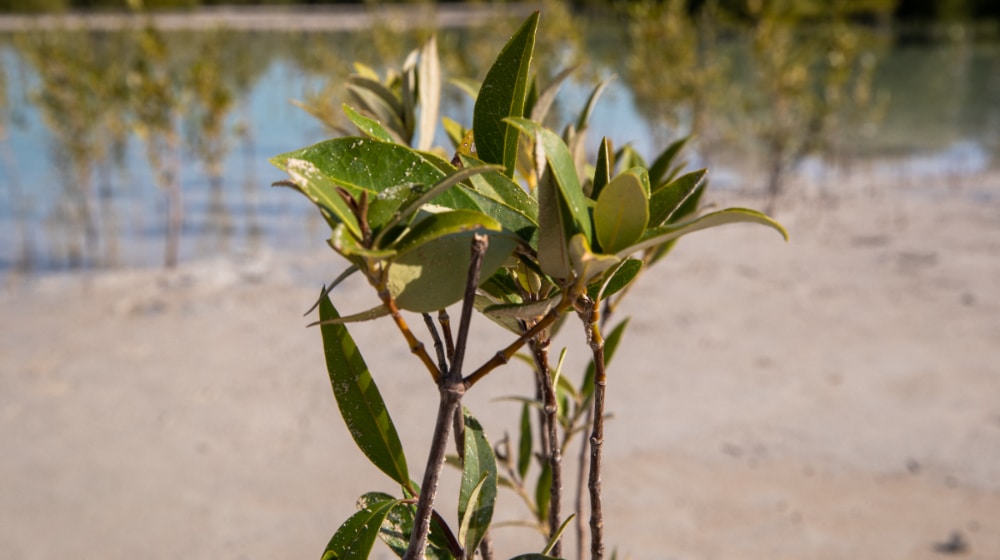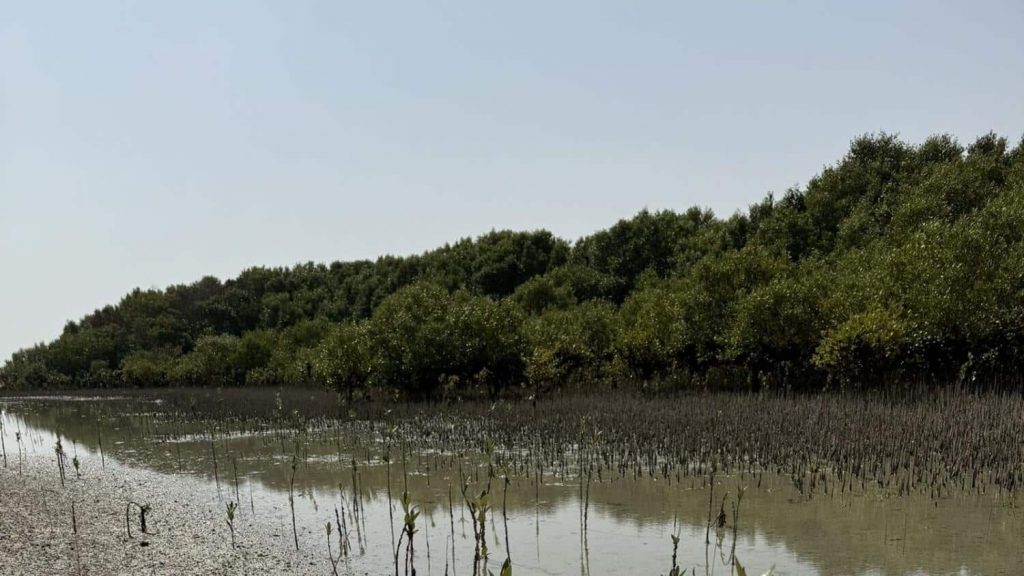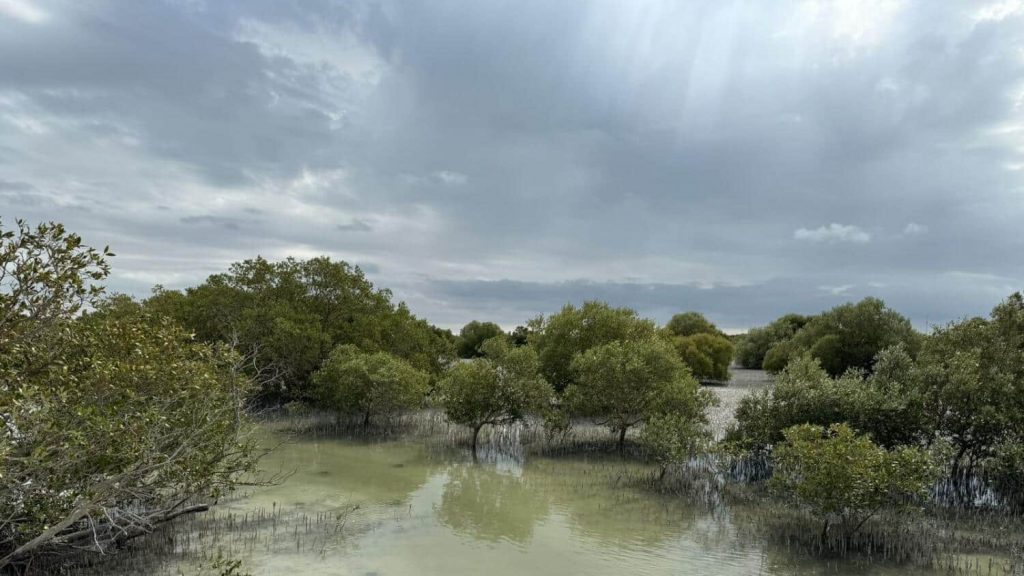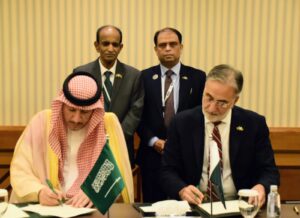
Global
UAE Environment Agency Plants 850,000 Mangrove Trees
The United Arab Emirates (UAE) Environment Agency in Abu Dhabi has embarked on a bold initiative to bolster the UAE’s mangrove population.
Under the ‘Ghars Al Emarat’ (UAE Planting) initiative, the agency has successfully planted 850,000 mangrove trees along the coastal areas of the Abu Dhabi Emirate, employing innovative techniques to enhance biodiversity and combat climate change.
The initiative, which aims to plant 10 mangroves for each participant at COP28 held in Expo City Dubai, underscores the UAE’s commitment to achieving climate neutrality and fostering nature-based solutions to mitigate the impacts of climate change.

Using drone seeding and strategic planting locations such as the Marawah Marine Biosphere Reserve, Al Mirfa City, and Jubail Island, the initiative is expected to absorb an estimated 170 tonnes of carbon annually from the atmosphere, contributing significantly to carbon sequestration efforts.
Dr. Shaikha Salem Al Dhaheri, Secretary-General of the Environment Agency in Abu Dhabi, highlighted the critical role of mangroves as coastal habitats for blue carbon, emphasizing their contribution to biodiversity and climate resilience.
Ongoing research and restoration efforts conducted by the agency further underscore the importance of mangroves in carbon storage, with studies revealing their remarkable ability to store carbon at a rate of 0.5 tonnes per hectare per year in Abu Dhabi.

Aligned with national initiatives such as the UAE Net Zero by 2050 strategic initiative, the Ghars Al Emarat Initiative supports the UAE’s goal of planting 100 million mangrove trees by 2030.
With mangroves covering approximately 176 square kilometers across the Abu Dhabi Emirate and storing over 3 million tonnes of carbon, the initiative represents a significant step towards achieving environmental conservation and climate action objectives.
As mangroves thrive and expand across Abu Dhabi, they serve as a testament to the UAE’s dedication to environmental stewardship and sustainable development.
Through collaborative efforts and innovative solutions, the nation is forging a path towards a more resilient and prosperous future, where nature and humanity can coexist harmoniously.








